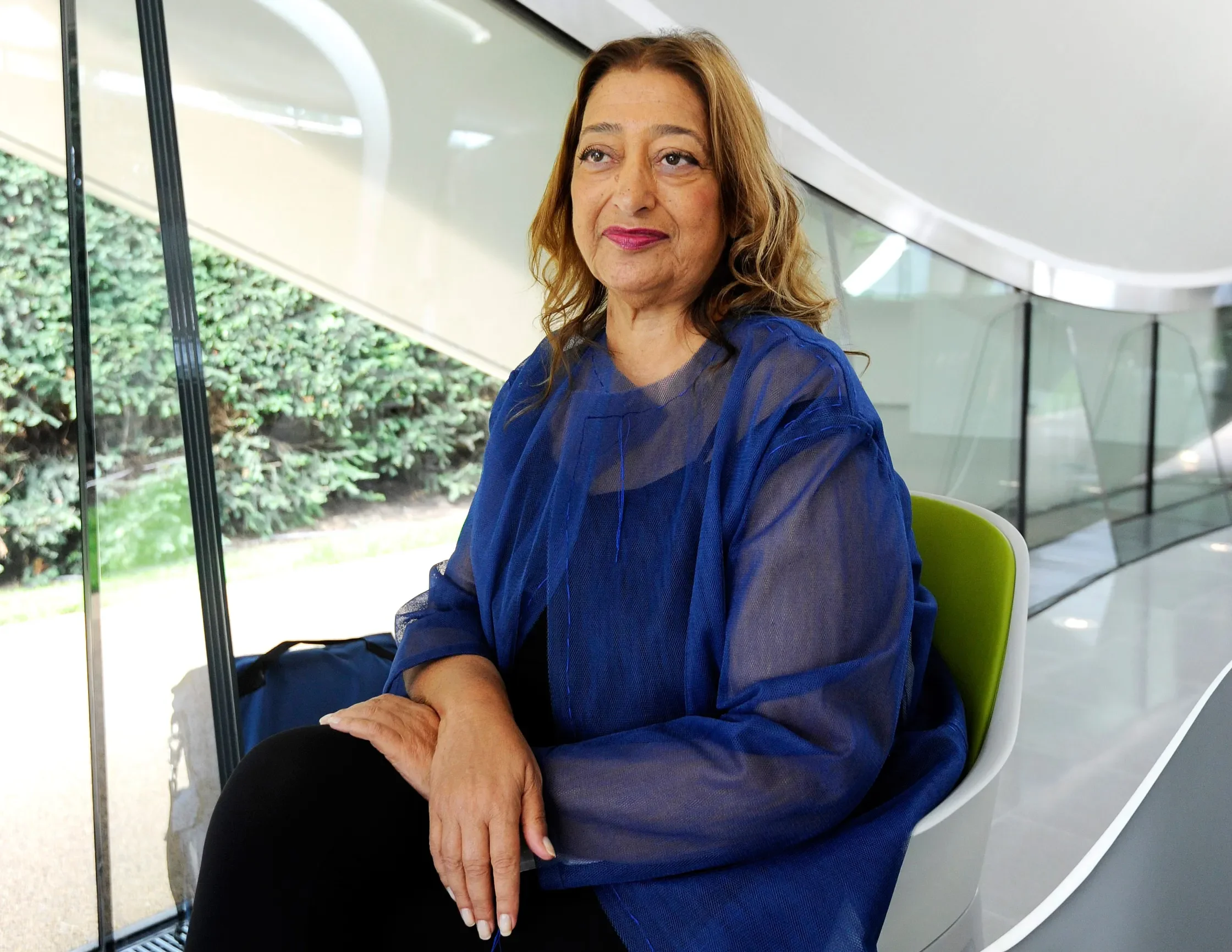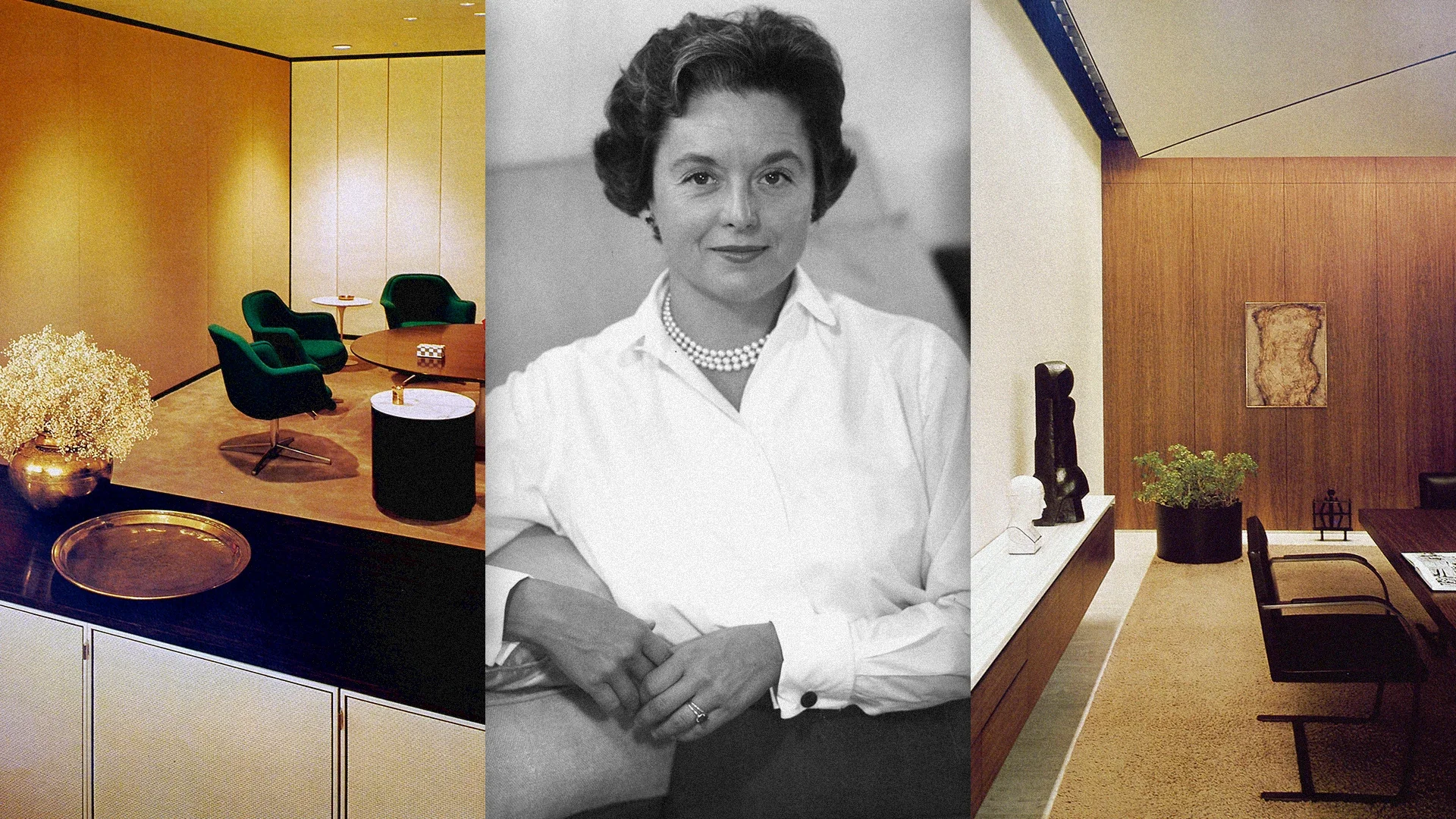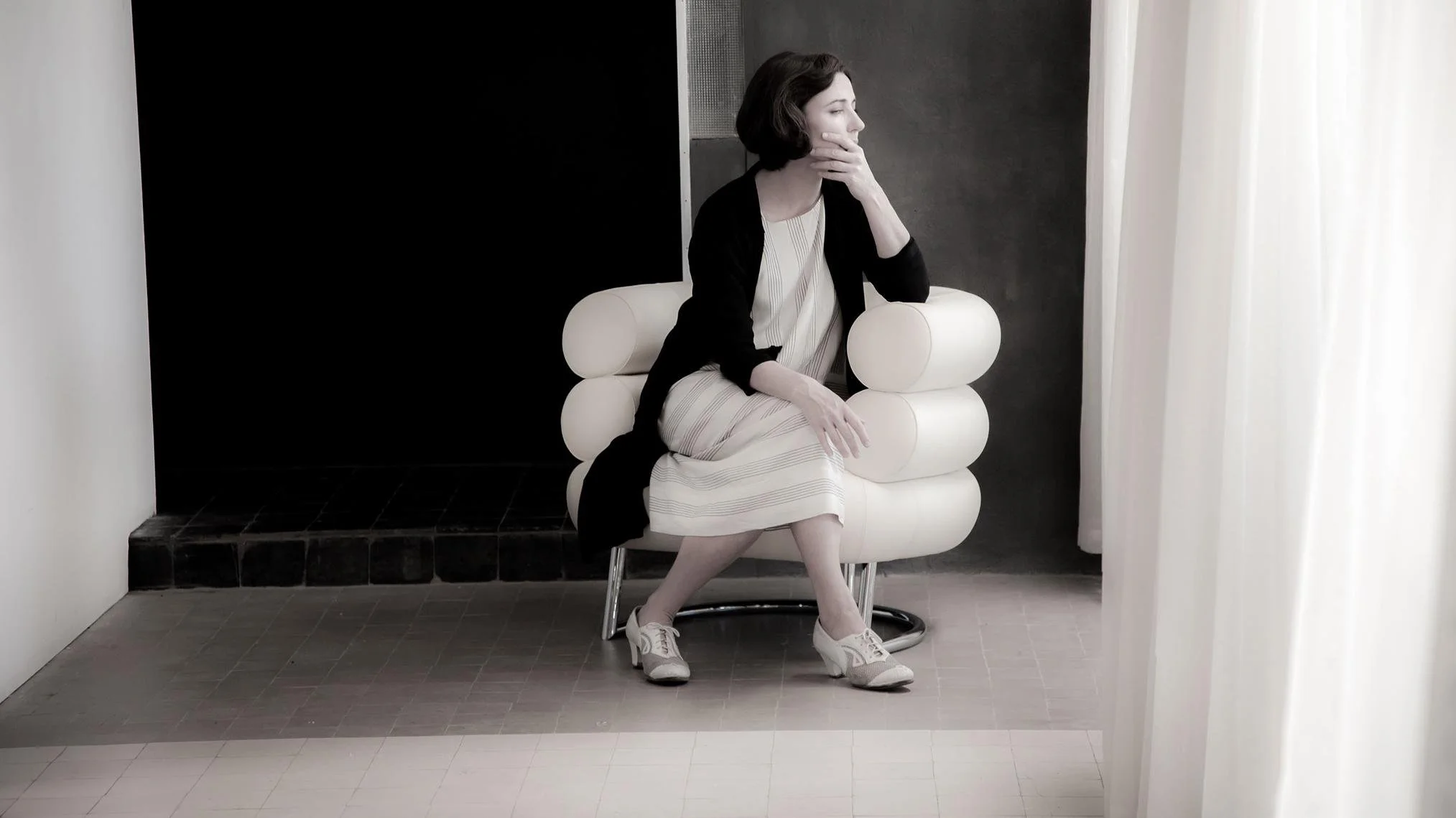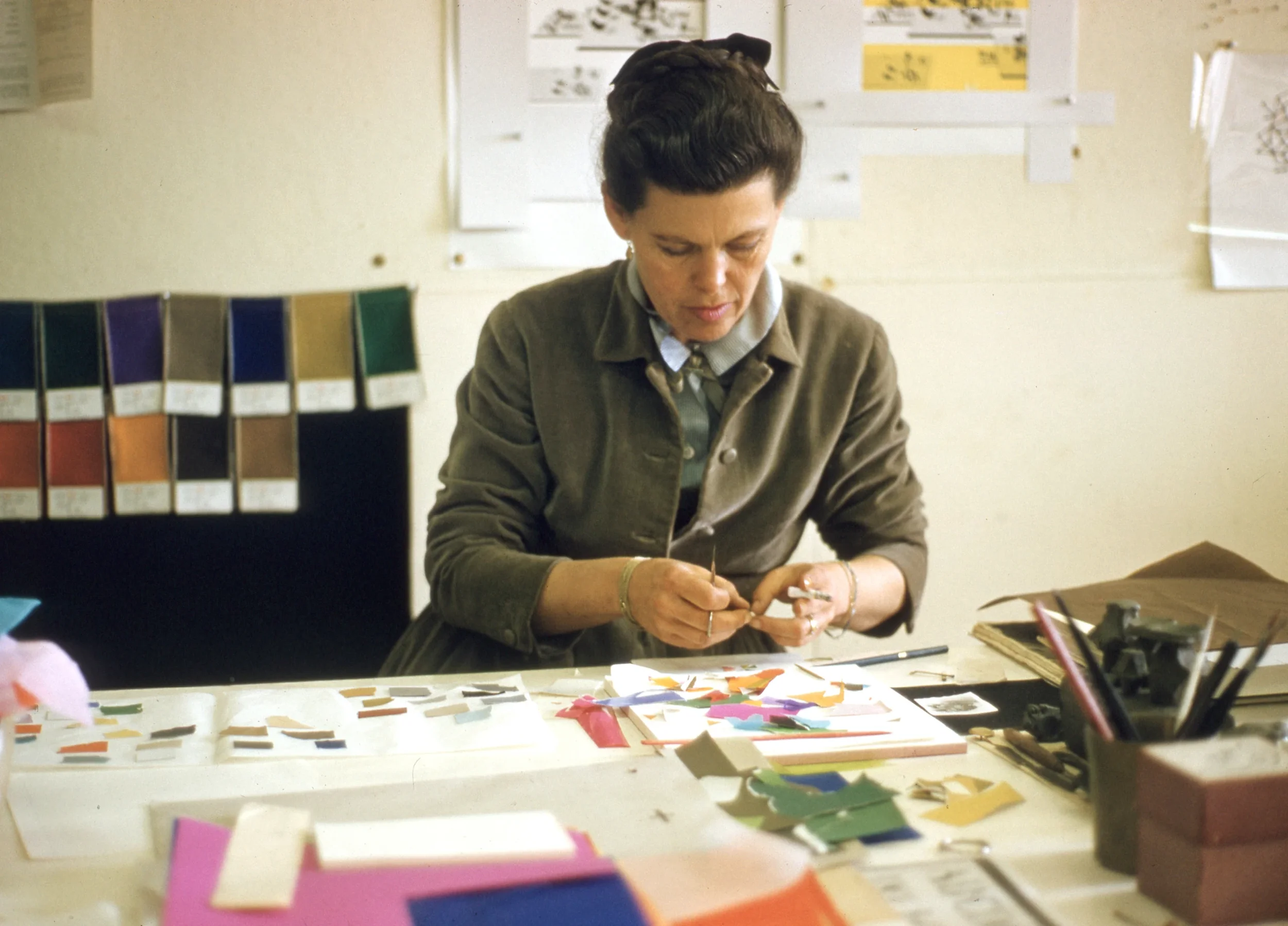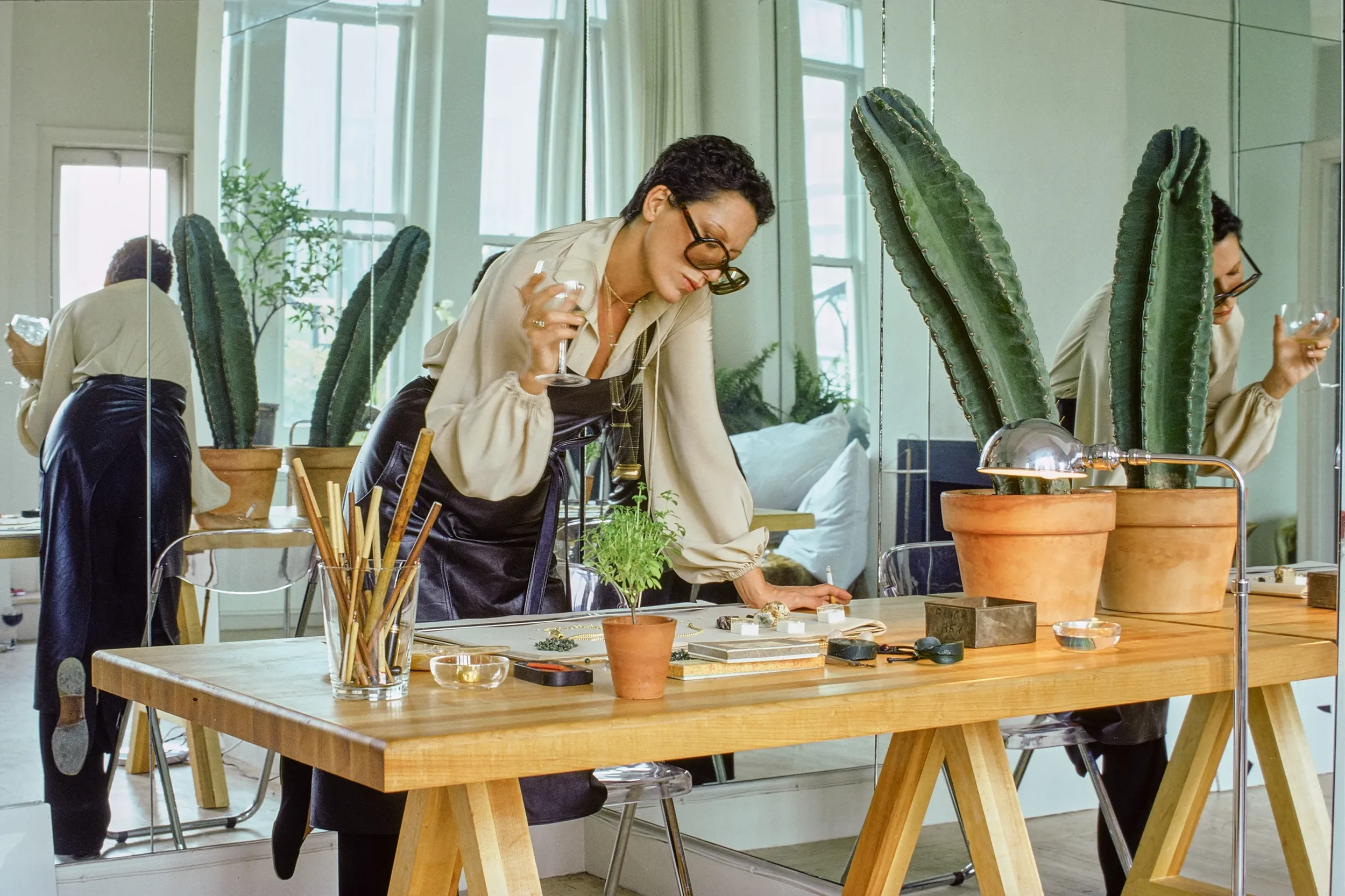Women’s Equality Day: Celebrating the Pioneers Who Went First
Every August 26, Women’s Equality Day honors the anniversary of the 19th Amendment: the moment women won the right to vote in the United States. It’s a reminder of how far we’ve come, and how much further there is to go.
This year, we’re pausing on our regular blog content to celebrate some of the women who were “firsts” in their fields: pioneers in art, design, architecture, and beyond. These trailblazers didn’t just open doors for themselves; they opened them for all of us.
Zaha Hadid: First Woman to Win the Pritzker Architecture Prize (2004)
Known as the “Queen of the Curve,” Zaha Hadid shattered glass ceilings in the male-dominated world of architecture with her daring, futuristic designs. Beyond her award-winning projects like the London Aquatics Centre and Guangzhou Opera House, she redefined what buildings could look like, leaving a legacy of boldness and innovation that continues to inspire architects today.
Florence Knoll: Redefining Modern Interiors
Florence Knoll brought modernism into the American home and office, creating sleek, functional designs that became staples of mid-century style. More than just an aesthetic influence, she shaped how we think about the relationship between design and daily life, proving that interiors could be both beautiful and deeply practical.
Maya Lin: Youngest Architect to Design a National Memorial (1982)
At just 21 years old, Maya Lin was still a student at Yale when she entered a national design competition for the Vietnam Veterans Memorial. Out of more than 1,400 entries, her design was chosen which was an unassuming black granite wall, cut into the earth, inscribed with the names of the fallen. What makes Lin’s career so remarkable is that she didn’t stop there. She went on to design the Civil Rights Memorial in Montgomery, Alabama, and a wide range of works that blur the line between art, landscape, and architecture.
Eileen Gray: Early Female Voice in Modernist Furniture (1920s–30s)
Eileen Gray’s furniture and interiors were groundbreaking for their clean lines, multifunctionality, and quiet elegance at a time when few women were taken seriously in the design world. Today, her pieces are icons of modernism, proof of her visionary eye and refusal to follow trends.
Ray Eames: Co-Architect of Iconic Mid-Century Design (1940s–70s)
Though often overshadowed by her husband Charles, Ray Eames was equally instrumental in shaping the playful yet functional Eames aesthetic. From furniture to film, her creativity helped redefine what American design could be, and her influence is now finally recognized in her own right.
Elsa Peretti: Jewelry Designer Who Redefined Luxury (1970s)
As a house designer for Tiffany & Co., Elsa Peretti brought a sculptural, organic sensibility to fine jewelry with pieces like the Bone Cuff and Open Heart. Her work blurred the line between art and accessory, making high design accessible and wearable for everyday life.
These trailblazers remind us that design is never just about aesthetics, it’s about pushing boundaries, telling stories, and reshaping how we live in the world. At Barrett Oswald Designs, we draw inspiration from women like Zaha Hadid, Florence Knoll, Maya Lin, and so many others who dared to imagine differently.
As we celebrate Women’s Equality Day, we’d love to hear from you: which women in art, design, or beyond have inspired the way you see creativity and possibility? Share your stories with us! Because honoring these “firsts” is also about encouraging the next generation to dream even bigger.


